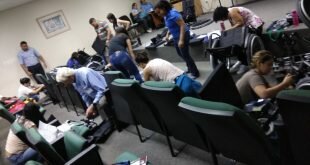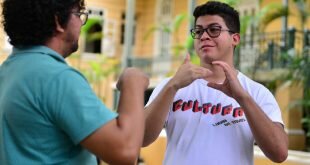
With regional lyrics, a Northeastern accent and dragging dance, forró was born. The rhythm, originally Brazilian, is already well known in the country, but it was in the Northeast, in the voice and accordion of Luiz Gonzaga, that Forró came to life and conquered the whole of Brazil.
O National Day of Forró is celebrated this Wednesday (13), the birthday of the singer and composer, also known as the King of Baião.
The rhythm is close to conquering the title of Brazilian intangible heritage. To preserve the forró culture, the Senate Committee for Regional Development and Tourism (CDR) is debating the inclusion of the rhythm in the list of Brazilian intangible assets. The measure can value, even more, the dance, history and culture of the Northeast. For 2018, public hearings are expected in the Northeast to debate the theme.
According to the Institute of National Historical and Artistic Heritage (Iphan), the request for recognition of the title arose from a movement of the cultural sector, in search of improvement in the conditions of citizenship for artists who work with forró in its various denominations (baião, xote, xaxado, rojão, xamego, balanço, miudinho, forró-samba and quadrilha/arrasta-pé).
Despite the musical transformations, forró still carries the regionalism and cultural representation of the Brazilian Northeast. "I see forró as a way of keeping the cultural flame alive. We see that it is not only for the older people, but for the youth as well," explains Alexandre da Silva Marques, one of the coordinators of the Sabugo de Milho quadrilha, from Brasília.
The King of Baião
Luiz Gonzaga do Nascimento was born in the backlands of Pernambuco on December 13, 1912. After serving the army in Rio de Janeiro in 1939, Gonzaga began to dedicate himself to music and, with his accordion, played in the city's bars. Since then he had become known and invitations to record records and participate in radio programs began to arrive.
With more than 500 compositions, his songs were related to injustices, to the culture of the Northeast, to love, and to the appreciation of the forró rhythm itself. In 1984, Gonzaga received his first gold record, with "Danado de Bom". The song "Asa Branca" is the singer's best known, and is considered an anthem of the Northeast. Luiz Gonzaga died in Recife (PE), on August 2, 1989.
 Agile Manaus tourism and culture of the Amazon
Agile Manaus tourism and culture of the Amazon



